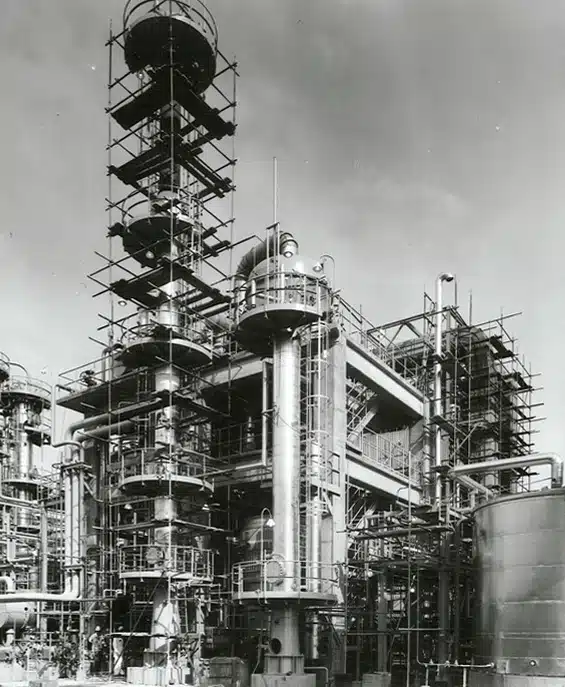Ammonia (NH3) is extremely versatile as it can be used in many sectors, to solve multiple challenges. NH3 is primarily (80+%) used as a fertilizer but it can also serve as a fuel in electricity production, a key element in feedstock and chemicals production, the main ingredient in cleaning materials, a fuel for engines and a refrigerant for cooling systems. Additionally, NH3 is the most efficient and low-cost way to store and transport hydrogen.
However, current NH3 manufacturing is one of the most concentrated global contributors to greenhouse gas emissions and has been produced virtually the same way for 100+ years. The process begins with separation of nitrogen from air. The hydrogen is produced by a process called “steam reforming-a-hydrocarbon” (SMR). By pressurizing and heating both gases together in a convertor with a catalyst, NH3 is formed, as is a significant amount of CO2 as a by-product.

Corporate Updates
- Management Presentation - September 26 2023 (YouTube)
- Management Presentation - July 12 2023 (YouTube)
- Management Presentation - July 12 2023 - PDF
- Offering Document - June 2, 2023 - PDF
- Investor Update - September 12, 2022 (YouTube)
- Management Presentation - August 9, 2022 (YouTube)
- Management Presentation - August 9, 2022 - PDF
- Management Presentation - April 19, 2022 (YouTube)
- Management Presentation - April 19, 2022 - PDF
- Overview Presentation - February 2, 2022 - PDF
- Management Presentation - November 18, 2022 (YouTube)
- Management Presentation - November 18, 2022 - PDF
- Management Presentation - July 15, 2021 (YouTube)
- Analysis: Can Carbon-Free Ammonia (NH3) Derived from Green Power Sources Cover Transportation Fuel Needs in Canada? - PDF



